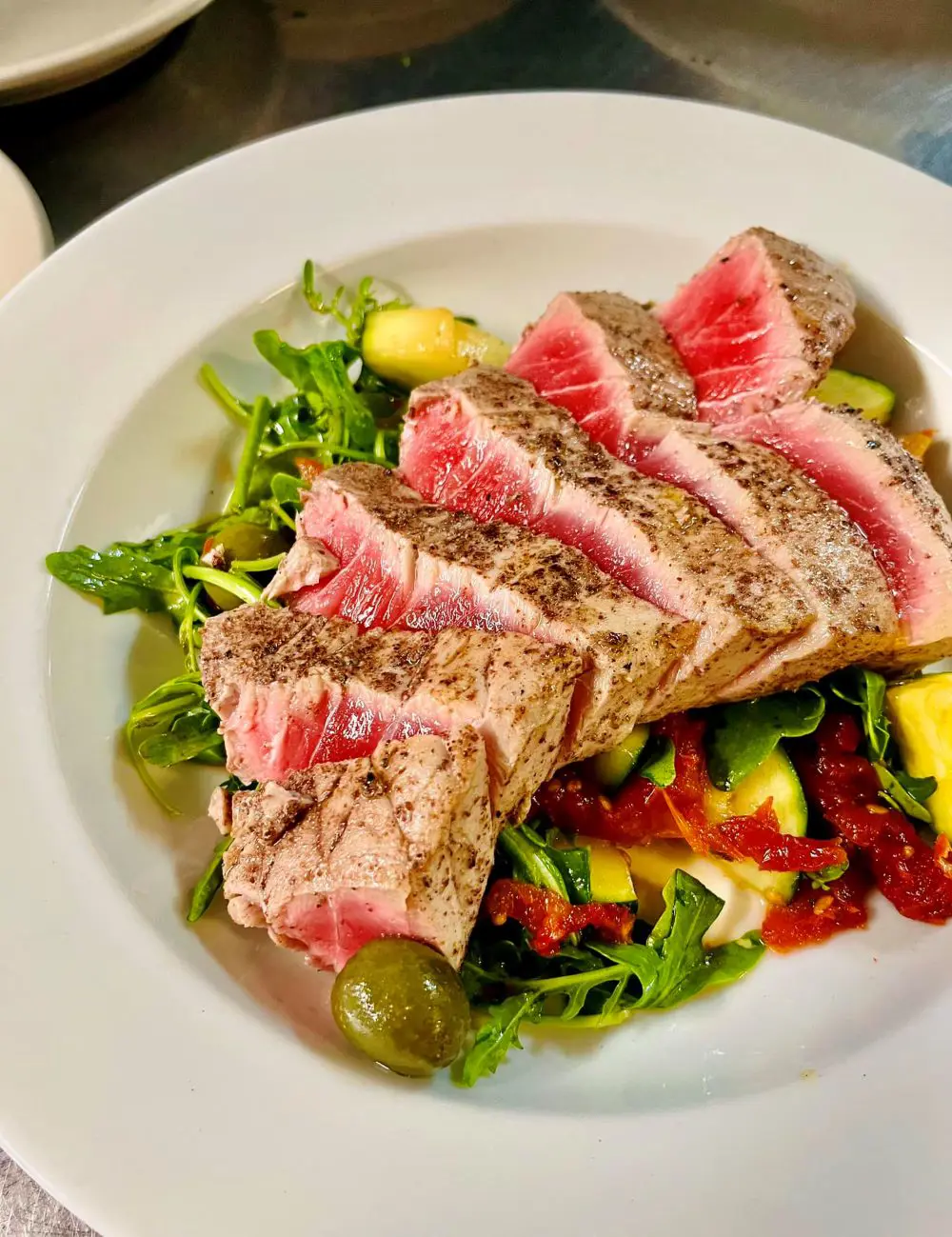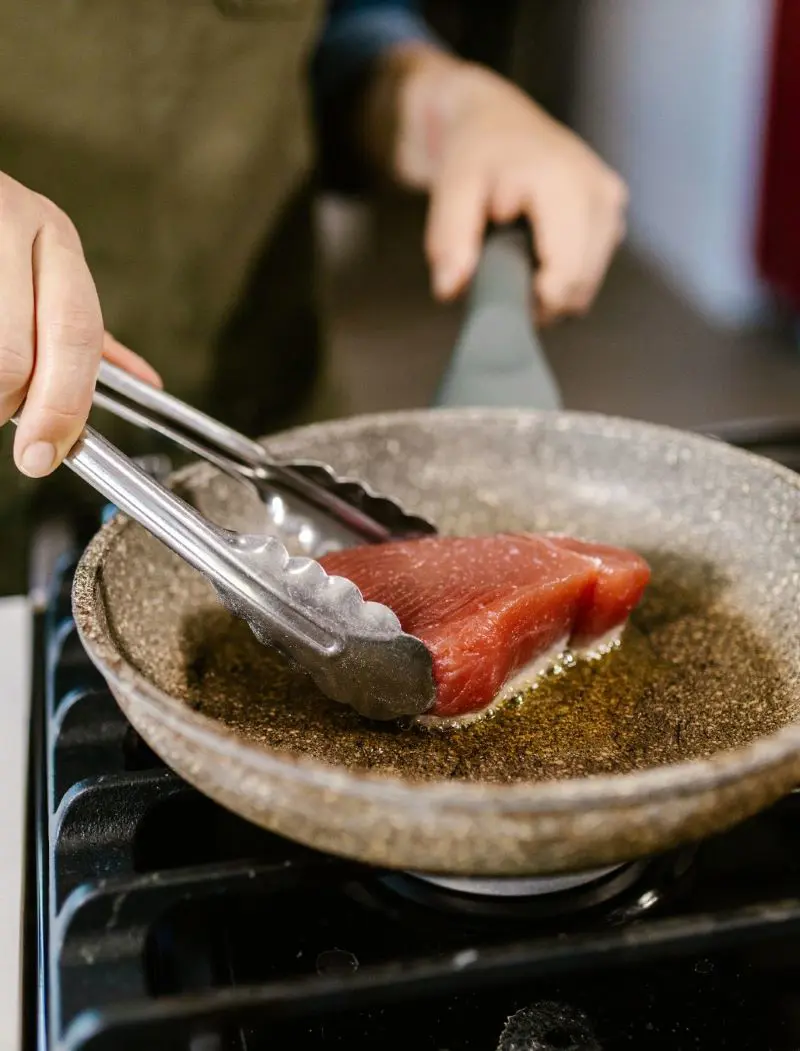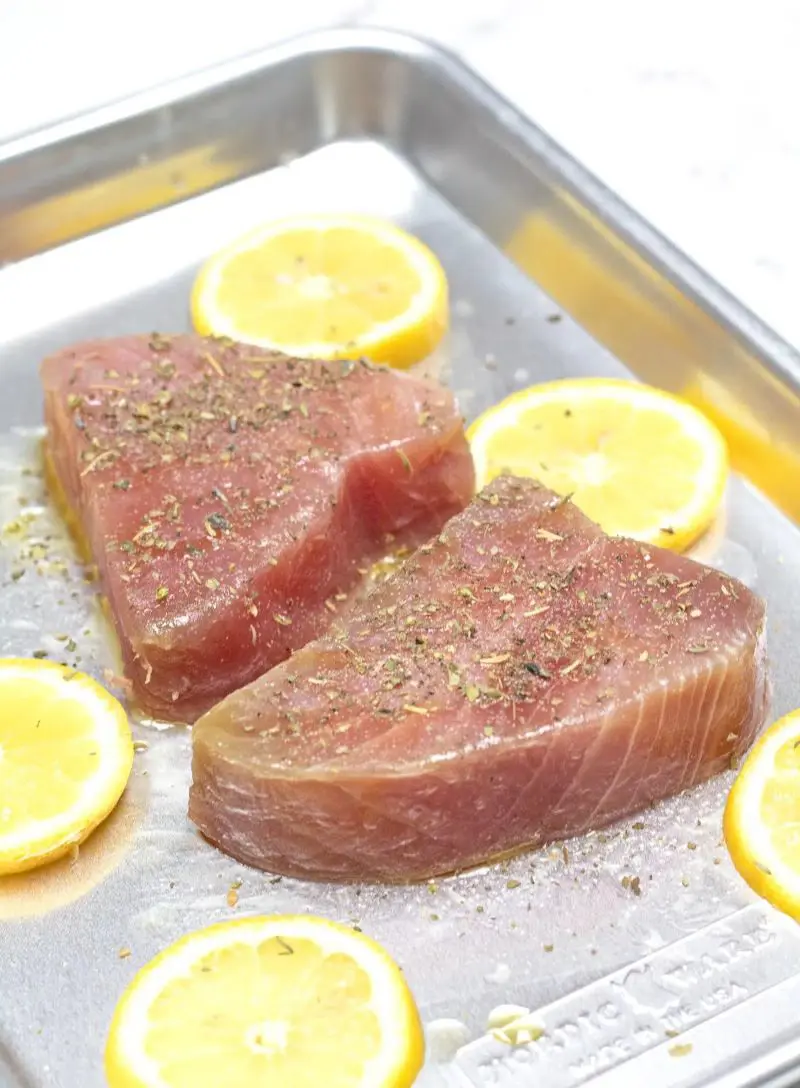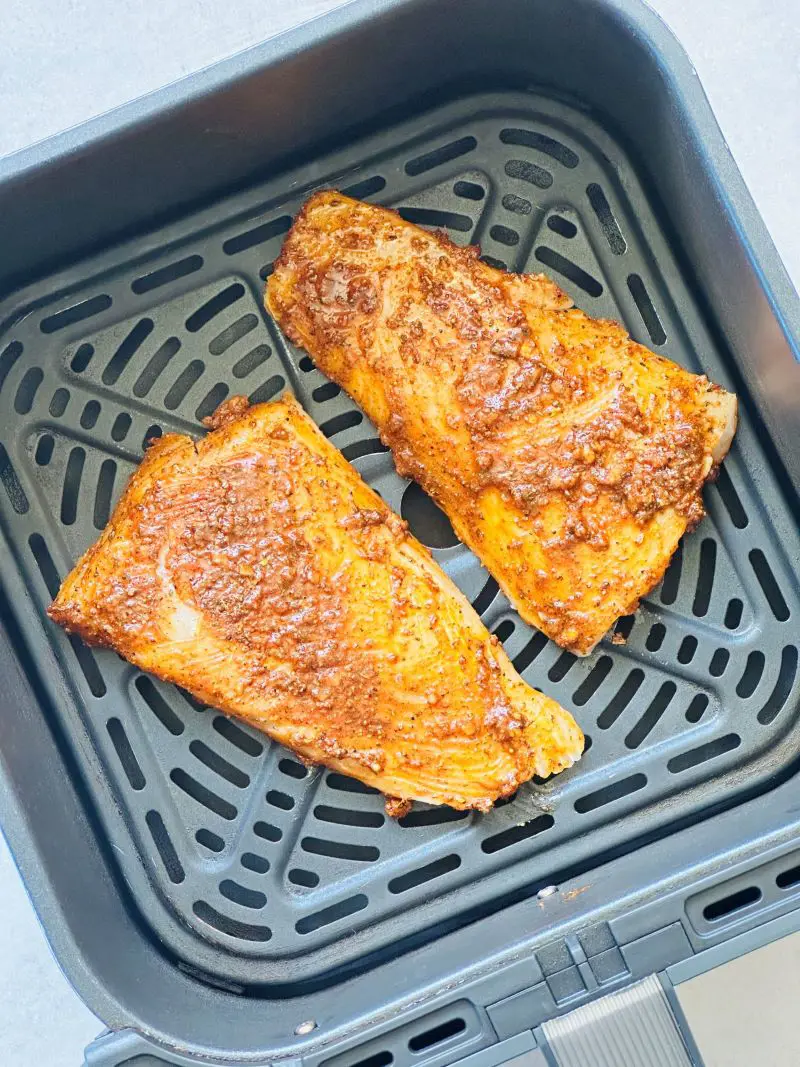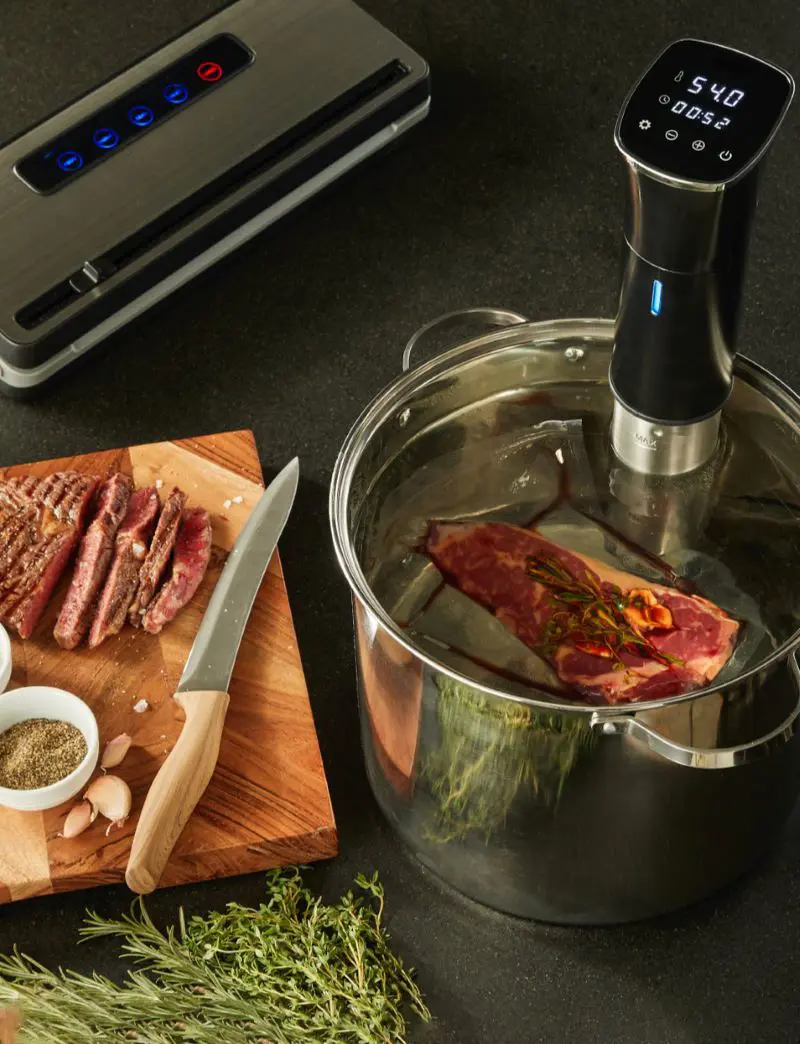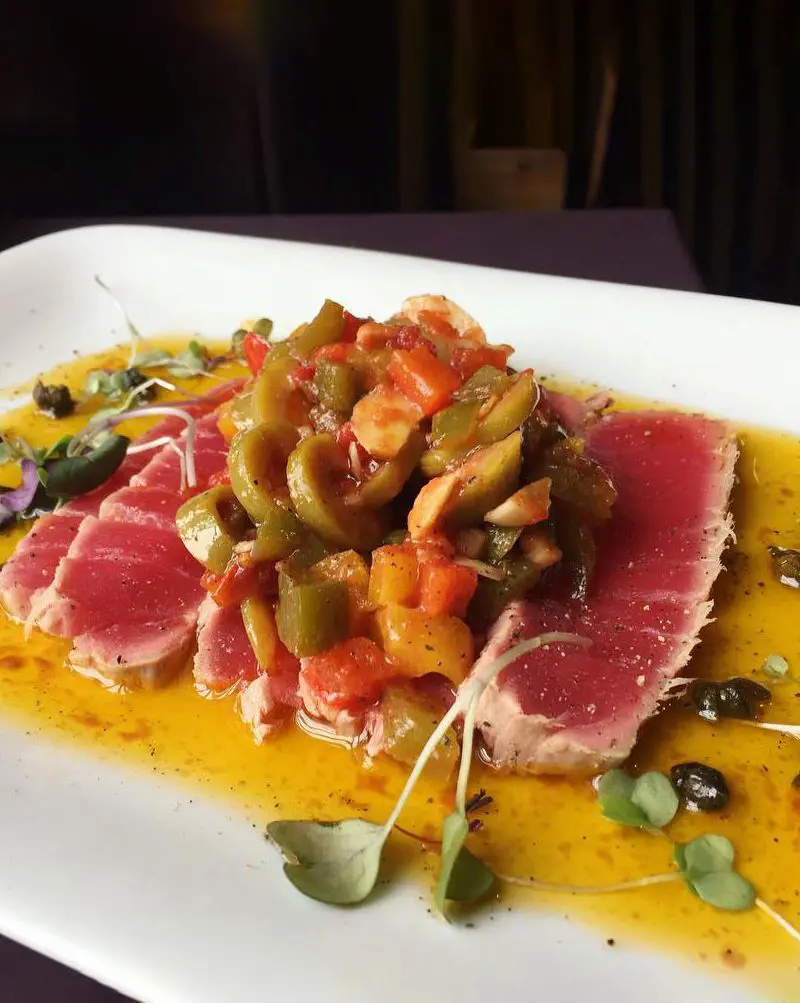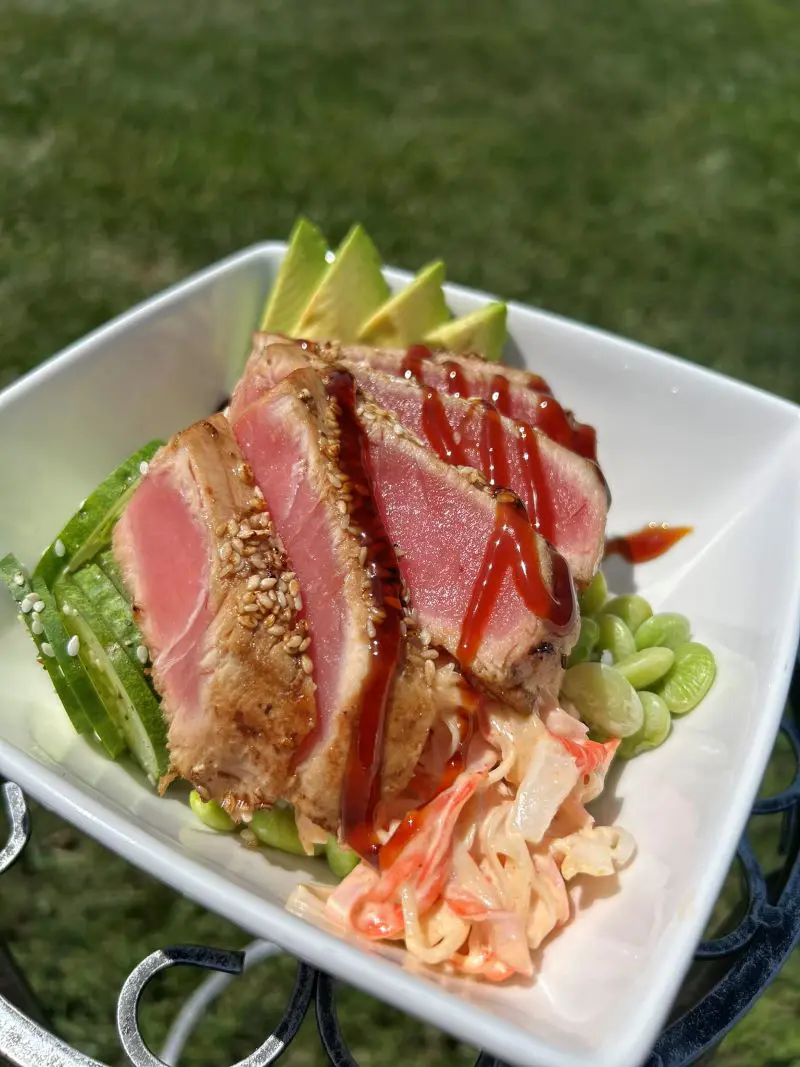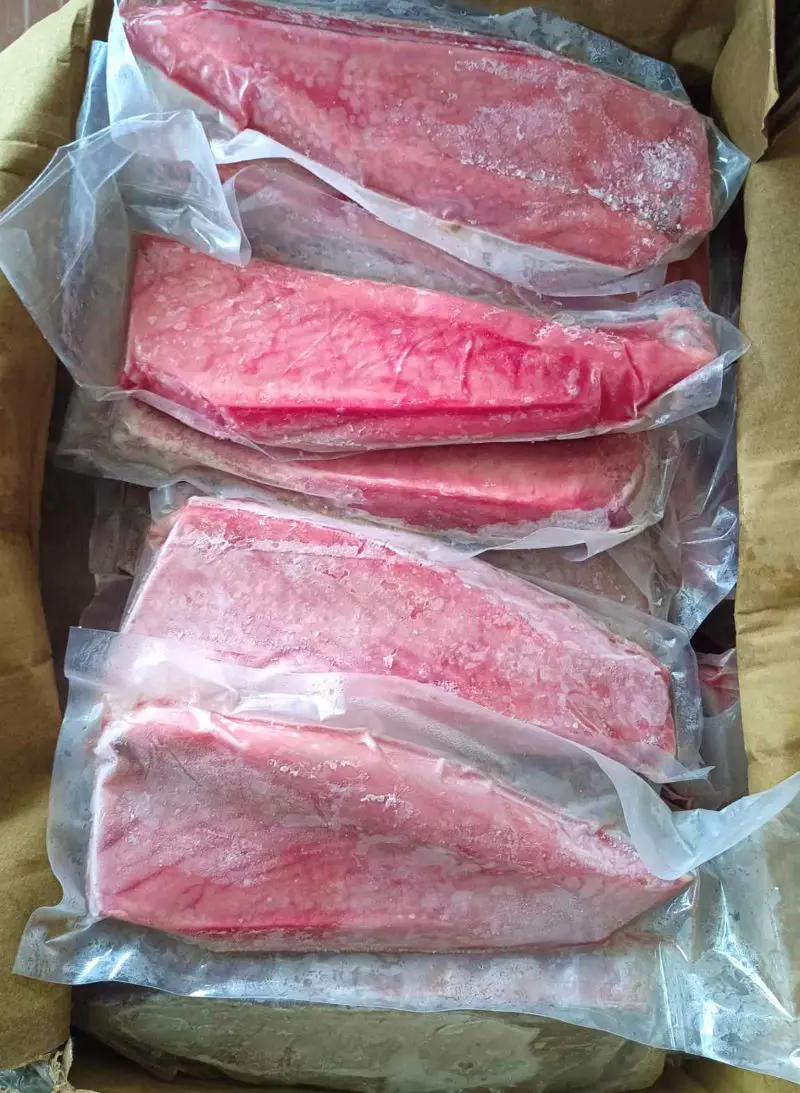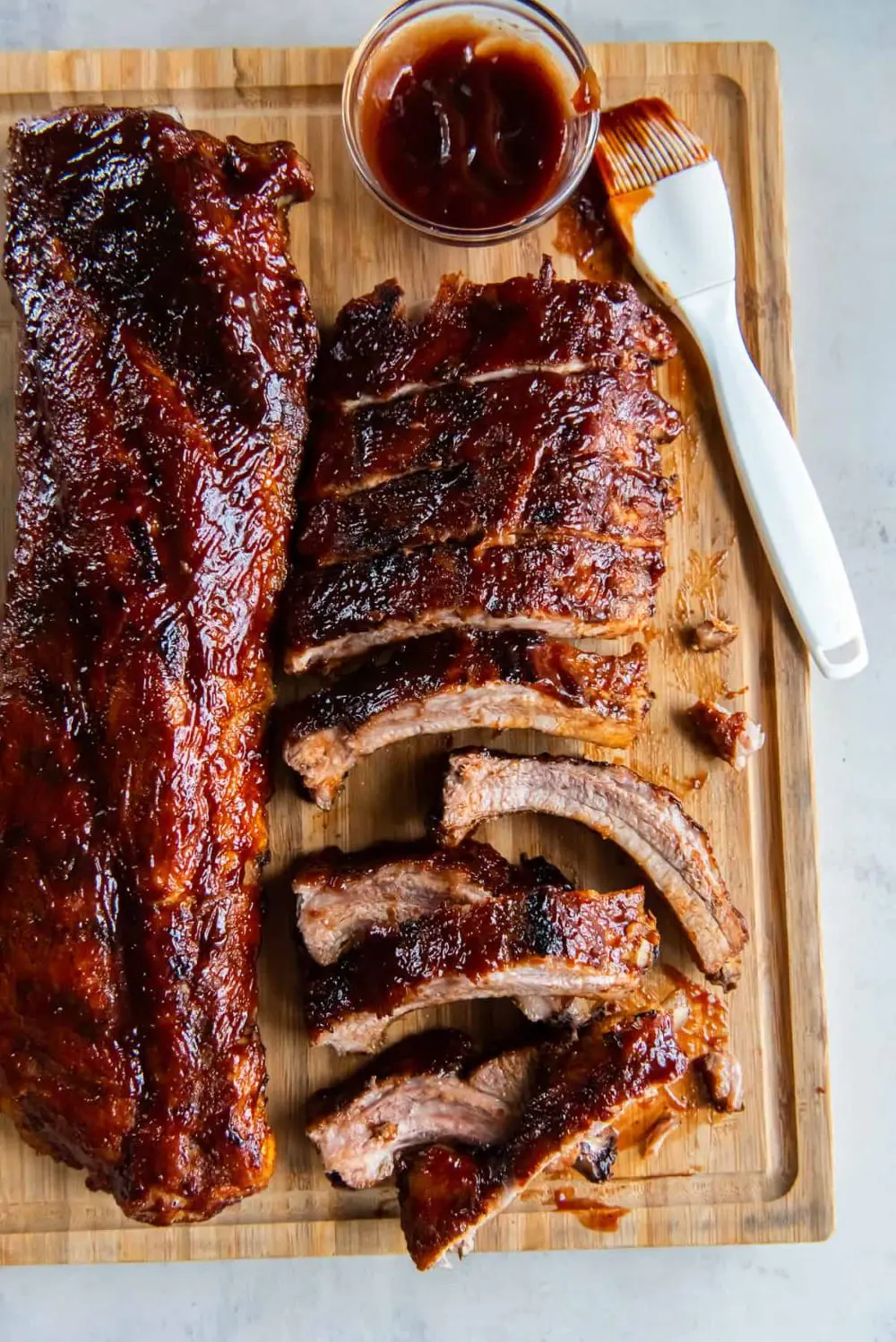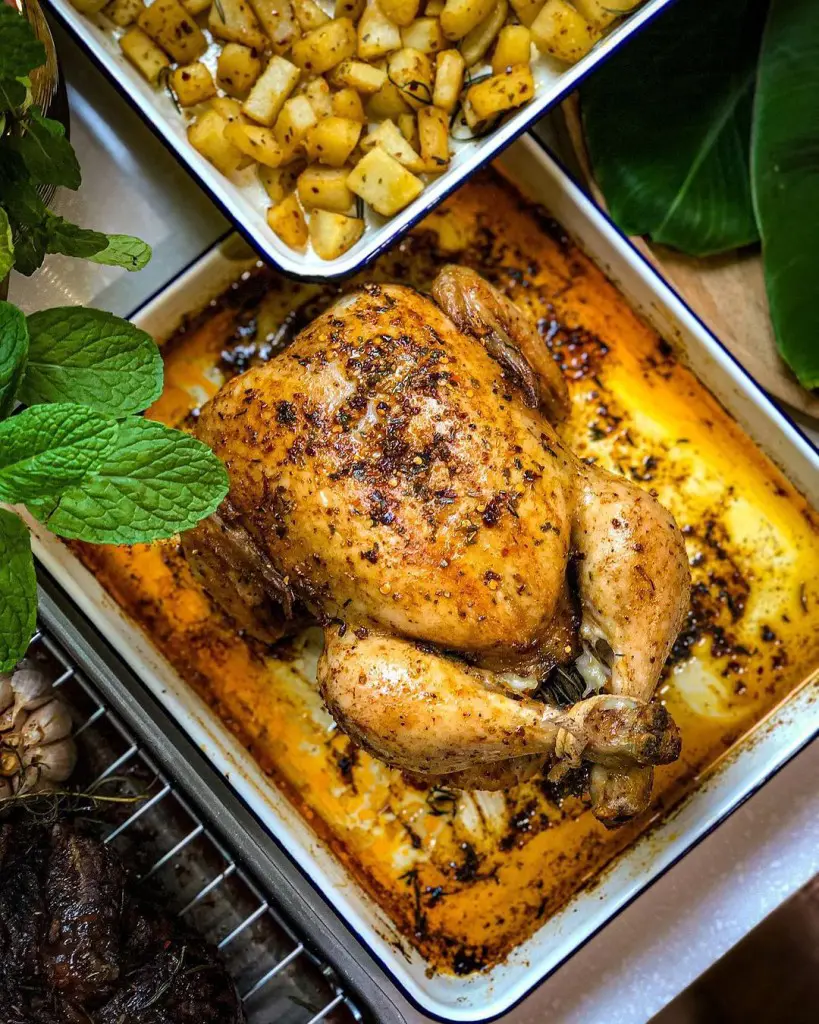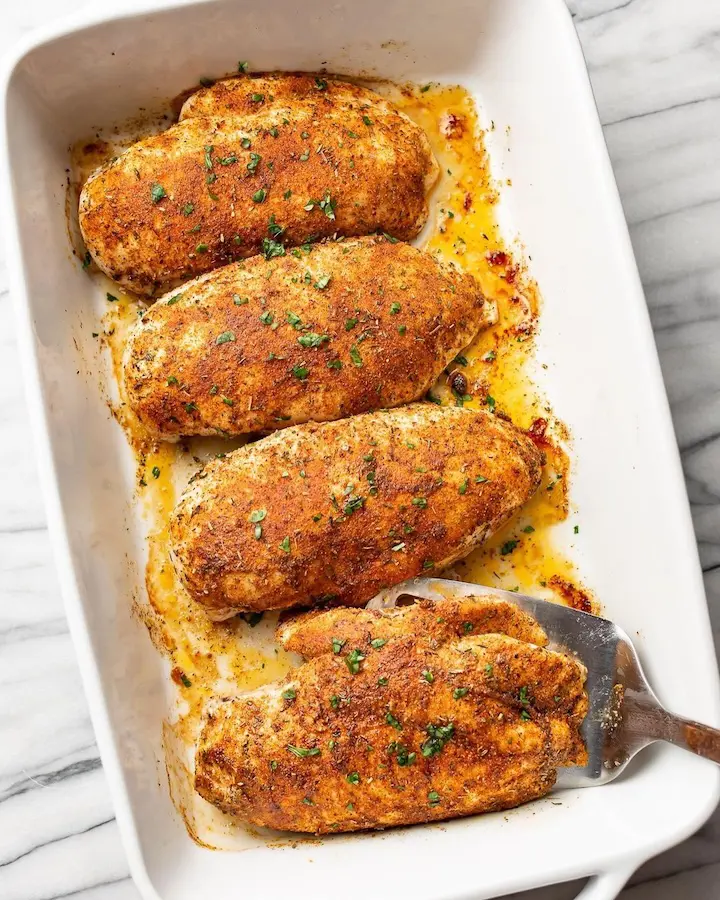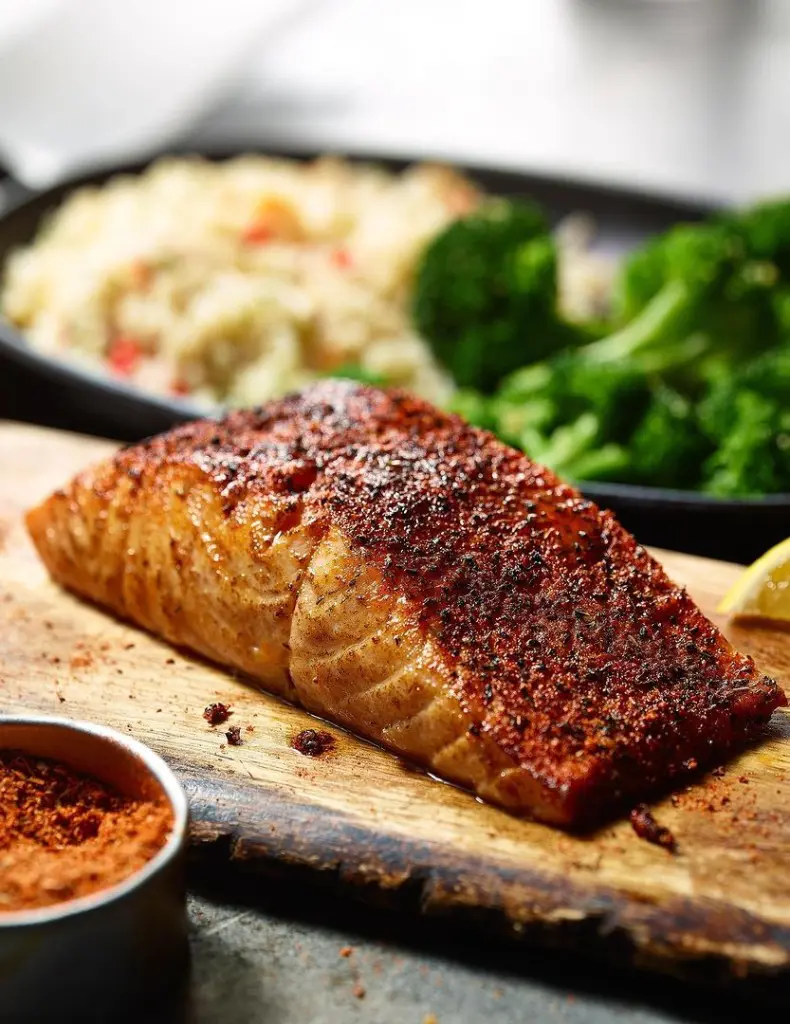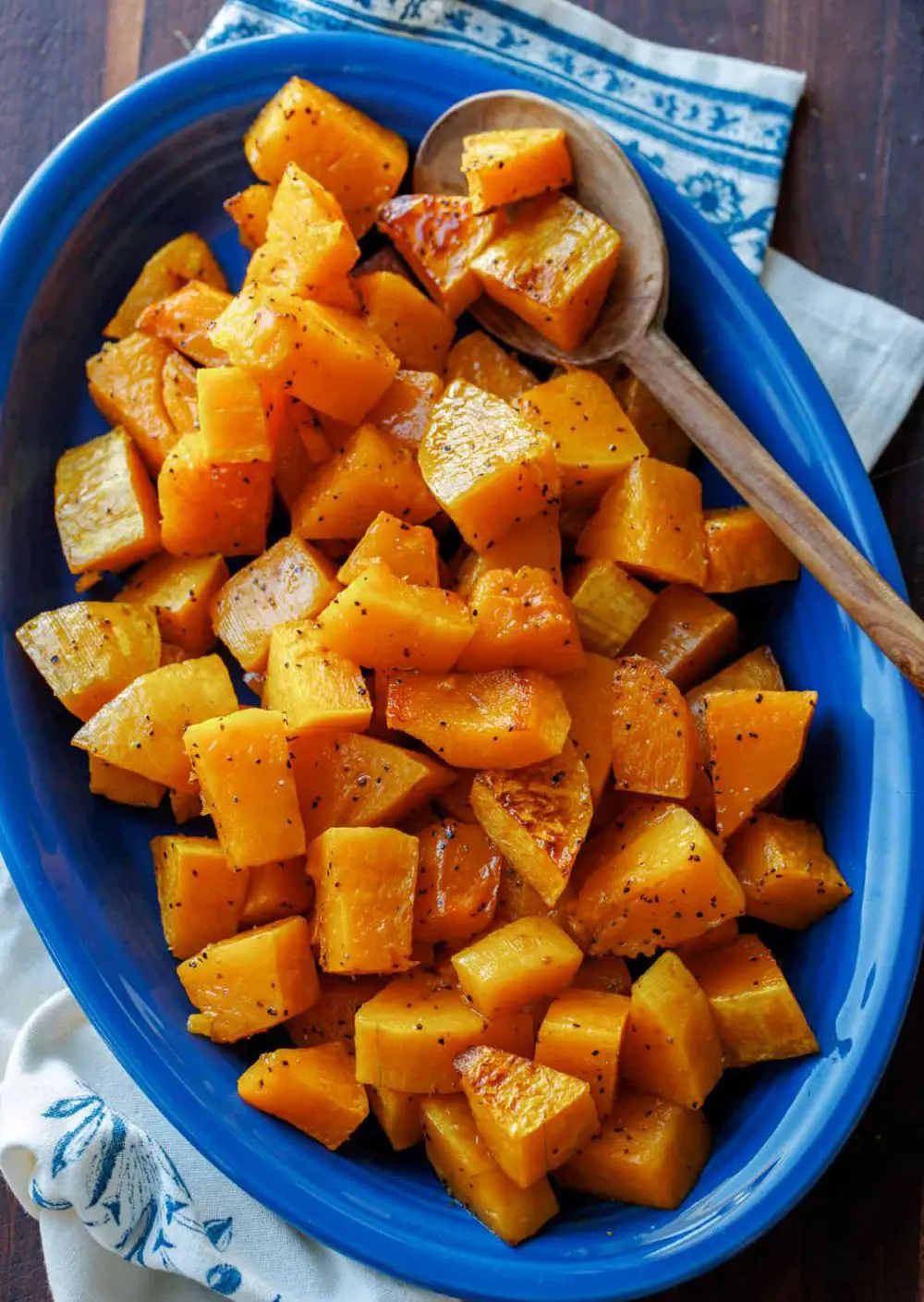Type Of Tuna To Choose

Tuna is available in different types each with its own qualities and culinary uses. Choose accurately to ensure it fits your preferences.
- Albacore (Thunnus alalunga): This variety is known for having the lightest flesh among tuna species. Its meat is mild and rich in taste. This fish is pleasant for grilling and is suggested to be served rare.
- Bluefin (Thunnus thynnus): The bluefin tuna is the most highly prized variety, recognized for its rich flesh and splendid flavor, specifically among the Japanese. At the famous Tokyo tuna auctions, bluefin can sell for amazing prices.
- Yellowfin (Thunnus albacares): It is a medium-sized type. In the raw form it is bright red color but after cooking it changes its color to grey brown.
- Bigeye (Thunnus obesus): The size of this tuna is 20 to 200 pounds. It is recognized for its red colored meat that is mild in taste and compact in structure. It contains around 8% of fat.
- Skipjack (Katsuwonus pelamis): It is most commonly used for canned tuna. It can also be eaten fresh and has a stronger taste than other varieties. Skipjack is relatively low in fat at 2.5%, making it a leaner option.
